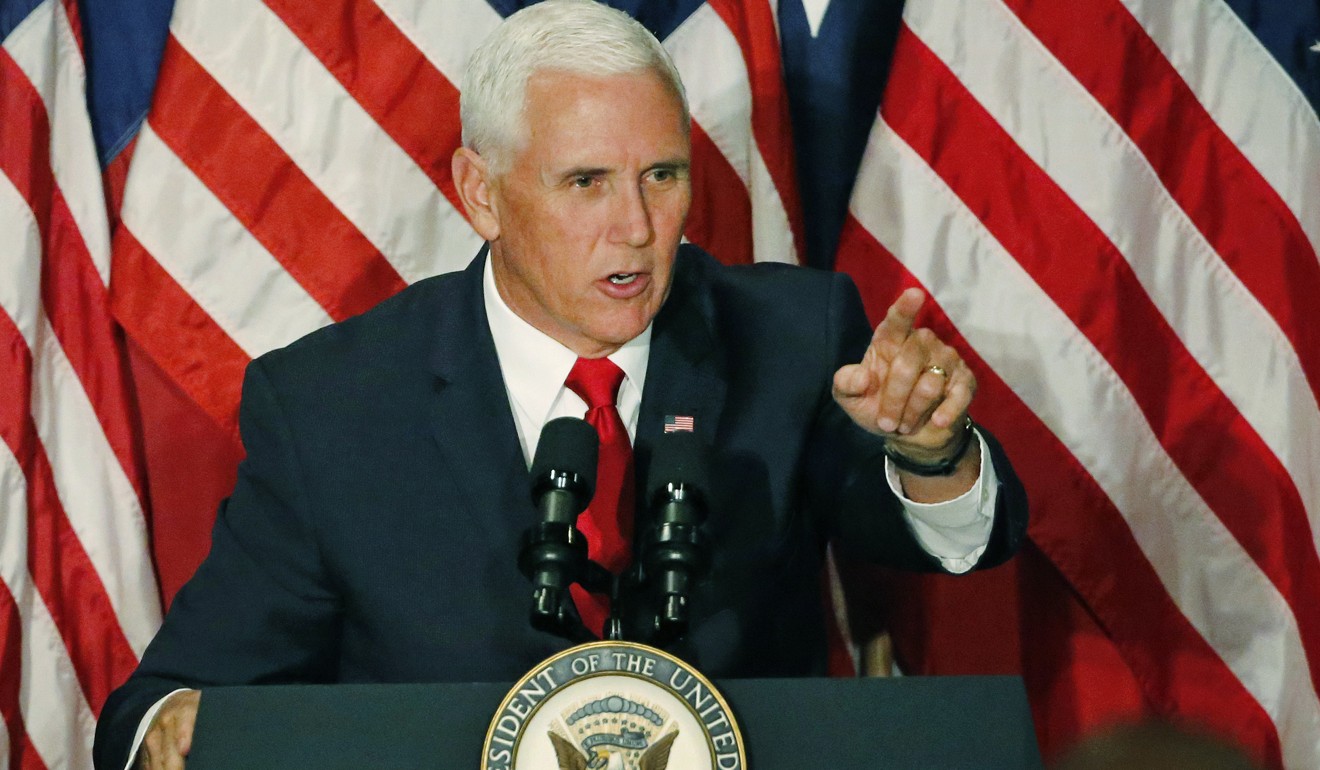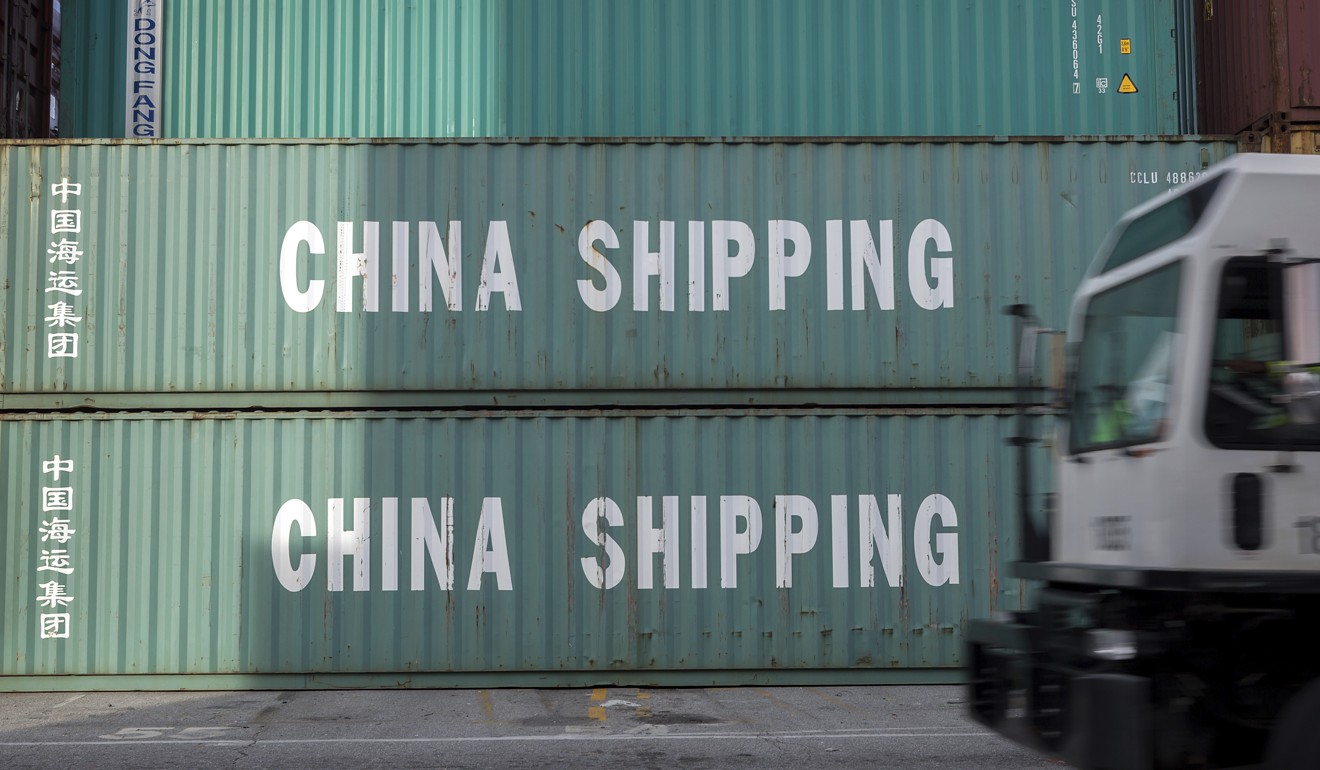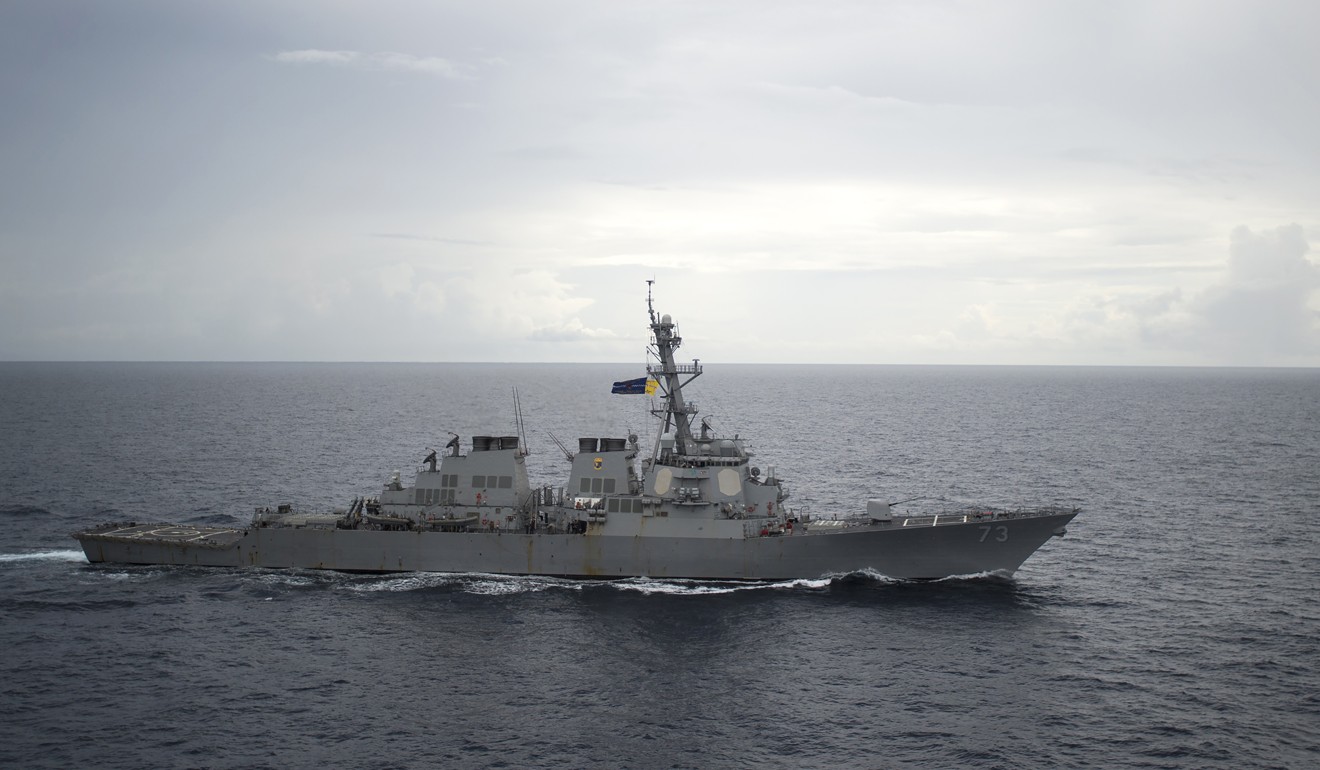
How Donald Trump’s assault on the trade deficit with China has sapped American power
Richard Heydarian writes that the economic glue which once undergirded stability in Sino-American relations has placed the two superpowers on a collision course
Eight months into the era of US President Donald Trump, the strain on US-China relations is increasing.
October has seen the Trump administration impose punitive tariffs on an additional US$200 billion worth of Chinese imports; the Asian powerhouse has retaliated by slapping duties on an added US$60 billion of American imports.
Moreover, Trump has gone so far as to accuse China of meddling in domestic elections in America, an incendiary charge that Beijing categorically denies.
Amid the heightened tensions, both countries have cancelled high-level strategic and defence meetings, while trade negotiations have been indefinitely suspended.

In the South China Sea, where the parameters of Sino-American competition are most pronounced, the two countries came dangerously close to blows during a recent Freedom of Navigation Operation by an American warship off the Chinese-occupied Gaven Reef.
Almost four decades after the second Shanghai communiqué that formally normalised Sino-American relations, the two superpowers have effectively commenced a new cold war.
In a particularly confrontational address akin to Ronald Reagan’s “evil empire” speech against the Soviet Union, US Vice-President Mike Pence effectively described China as America’s primary 21st century rival.
FBI: China is biggest ‘counter-intelligence threat’ facing the US
Yet the new global clash, which is sending shock waves across continents, is no longer between an isolated communist country and an ascendant capitalist nation, as was the case in the 20th century.
Instead, the great power clash of this century is between a dynamic, roaring Asian industrial power seeking a greater voice in global affairs, and an internally polarised, yet militarily dominant, Western behemoth led by one of the most volatile leaders of our age.

If the ongoing tit-for-tat trade war continues unabated, the world could suffer as much as a 70 per cent contraction in international trade; that decline, in turn, could cause a global depression, with a 2-3 per cent contraction in the global gross domestic product.
For some 40 years, deepening economic interdependence has been the major anchor for Sino-American rapprochement. The upshot has been an unprecedented period of great power peace, which has made the world more prosperous than ever.
FBI chief tells Congress that China is bigger security threat than Russia
Since Trump’s assumption of power, however, trade tensions have become the centrepiece of bilateral relations. Thus, the very economic glue which once undergirded stability in Sino-American relations has now placed the two superpowers on a collision course.
A lot is at stake. The latest round of punitive tariffs against China brings America’s total to US$250 billion, while China’s retaliatory tariffs are set to reach US$110 billion. Washington has threatened to double the scope of tariffs to almost half a trillion US dollars, but Beijing may soon run out of American products to punish.

China is beginning to feel the heat, with the yuan hitting its lowest level in more than a year, down by 8 per cent against the US dollar between April and August. China, the world’s biggest exporter, also suffered a current-account deficit amid shrinking trade in the first half of 2018.
Earlier, President Xi Jinping’s administration sought to find a mutually acceptable arrangement to diffuse trade tensions. Beijing offered to buy more American agricultural produce, natural gas and manufactured products, including aircraft and cars.
What South China Sea near miss revealed about China
China also considered lowering barriers to American investment, relaxing a policy requiring foreign investors to transfer proprietary technology to Chinese joint venture partners and even went so far as to revise its “Made in China 2025” programme, which aims to make the Asian powerhouse a dominant player in cutting-edge science and technology for years to come.
As He Weiwen, a leading Chinese trade expert, told The New York Times, “The red line is China’s right to develop, not the concrete industrial policies and measures regarding Made in China 2025.”
Trump genuinely believes that by reducing the US trade deficit with foreign manufacturers, he will be able to resuscitate domestic industries.
Through increased tariffs, the Trump administration is effectively forcing global supply chains to decouple from China. The administration’s aim is to isolate Beijing by striking parallel bilateral trade deals with Japan, the European Union, South Korea and other major economies.
It has also instructed the US Treasury Department to impose new restrictions on Chinese investment. For many, this is a troubling and surprising turn in events, considering Trump’s recent trade war “ceasefire” with the European Union and the president’s claim to have “really good chemistry” with Xi, whom he has publicly called a “friend”.
Yet for those who are familiar with the inner workings of both Trump’s mind and the White House, the escalating US-China trade war shouldn’t come as a surprise.
Trump genuinely believes that by reducing the US trade deficit with foreign manufacturers, he will be able to resuscitate domestic industries. As Bob Woodward wrote in his latest book, Fear: Trump in the White House, the president has lamented how “I went to parts of Pennsylvania that used to be big steel towns and now they’re desolate towns and no one had a job and no one has work there”.
The other reason for the escalating trade war is the ascendance of nationalist-protectionist players who are shaping the administration’s policy: namely, White House trade adviser Peter Navarro, Commerce Secretary Wilbur Ross and US Trade Representative Robert Lighthizer, who view China as an existential threat to American productive power.
Paradoxically, Trump’s single-minded commitment to reduce his country’s trade deficit with China is undermining the very process of globalisation that has anchored American power for the past century.
Richard Heydarian is a Manila-based academic and author

